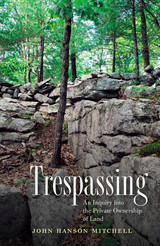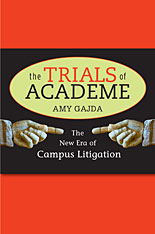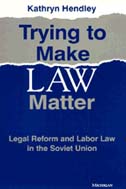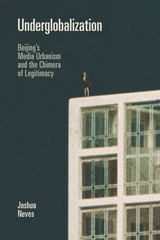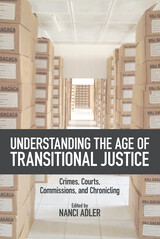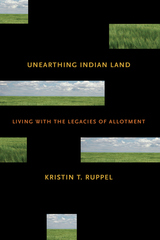Paper: 978-0-8135-3863-1 | eISBN: 978-0-8135-6766-2
An object maker, musician, poet, and performer, Willie Cole is an artist with remarkably diverse art-making skills and a formidable imagination. Best known for his assemblage, mixed media sculptural works, and prints, Cole liberates and aggrandizes everyday artifacts, including irons, ironing boards, hairdryers, high-heeled shoes, lawn jockeys, bicycle parts, and other discarded domestic appliances and hardware and transforms them into powerful and iconic art works.
The time-textured objects that he works with are seen by most as banal and expendable, but in Cole's hands they are given new vitality and metaphorical meaning. Frequently, he takes his found American consumer objects and Africanizes or ritualizes them, creating potent global artistic hybrids. His works also track his distinctive, Newark, New Jersey-based heritage, movingly melding the social, political, and cultural perspectives of urban African American experience.
Although wit and humor are often evident in his methods, Cole's readaptions of African tribal art motifs and forms are based more in respectful appreciation than appropriation and careful study rather than simple imitation. His works address a range of serious topics including race relations, capitalist materialism, religious belief systems, and human pathos.
Surveying the wide range of Cole's methods, media, and themes from the late 1980s to the present, this catalog includes thirty stunning color illustrations of his most significant sculptures, paintings, works on paper, and prints. An extensive interview with Cole by Dr. Leslie King-Hammond, Dean of the Maryland Institute of Art, as well as a commentary by Dr. Lowery Stokes Sims, President of the Studio Museum in Harlem, about Cole's pivotal residency there place this unique artist's work in the context of African American and contemporary art. The catalogue also includes biographical information in the form of two chronologies, one of which is a personal resum by the artist, as well as exhibition histories, bibliographies, and a listing of public collections of his work.


